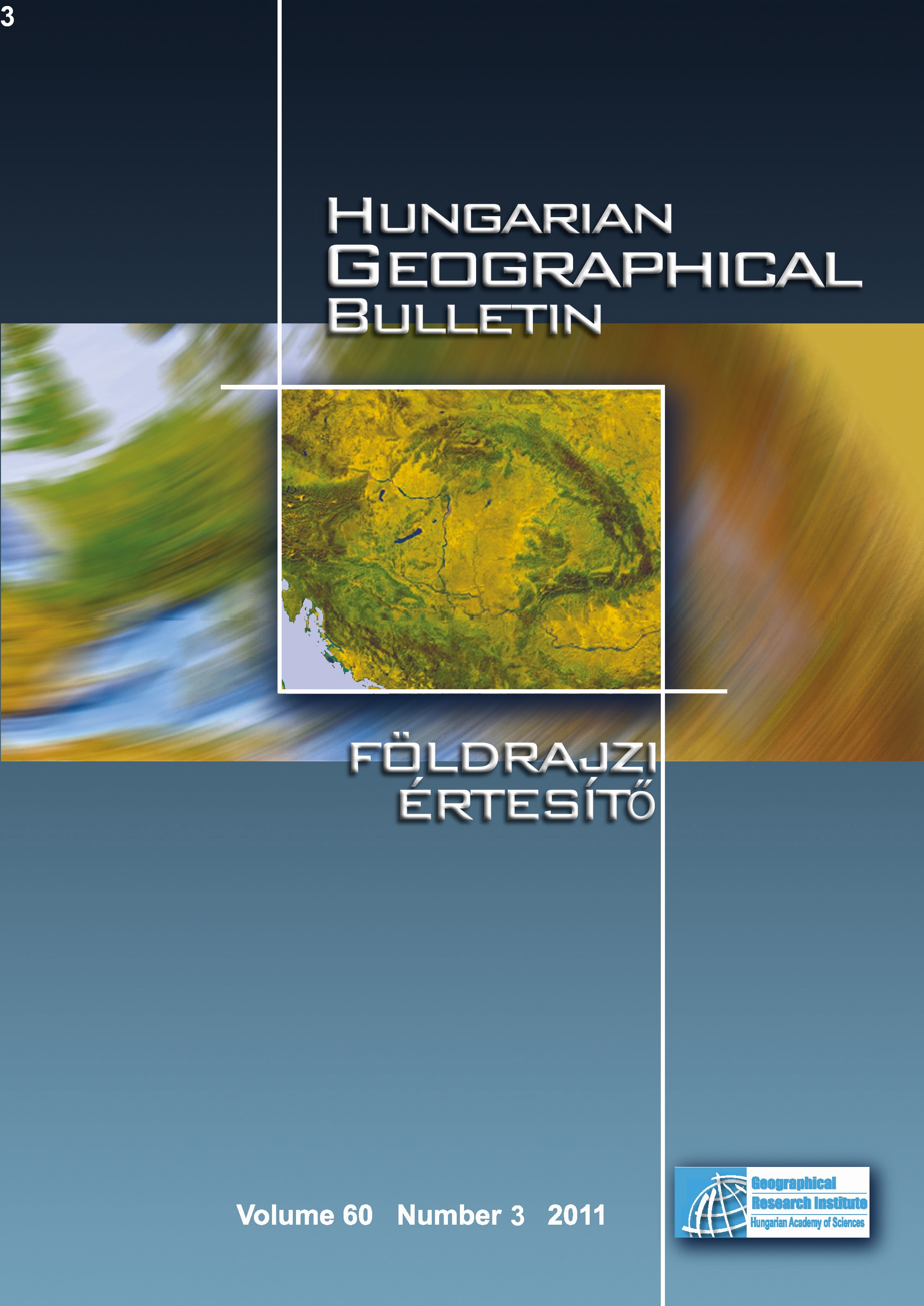Relationships between geomorphology, neotectonics and earthquakes in the Danube Flat between Ercsi and Madocsa and on the Danube-Tisza Interfluve
Abstract
Investigations into interrelationships between geomorphology, neotectonics and seismicity in the Danube Plain and in the northern part of the Danube–Tisza Interfluve bear importance due to the socio-economic significance of these landscapes. Studies on geomorphology and neotectonics are aimed at gett ing knowledge about the landform evolution of the actual surface, seismic events and at collecting evidence of the latter. The results have been represented in thematic maps, where landscape boundaries based on genetic notions coincided with neotectonic fault lines in several places. In order to make geomorphological and tectonic models correct the geological sediments of the high bluff of the Danube were analyzed palaeogeomorphologically, lithostratigraphically, chronologically and sedimentologically. The most important fault lines and areas of subsidence were singled out according to geomorphological and seismological features.
Copyright (c) 2011 Ferenc Schweitzer, János balogh, László Tóth, Péter Mónus

This work is licensed under a Creative Commons Attribution-NonCommercial-NoDerivatives 4.0 International License.






